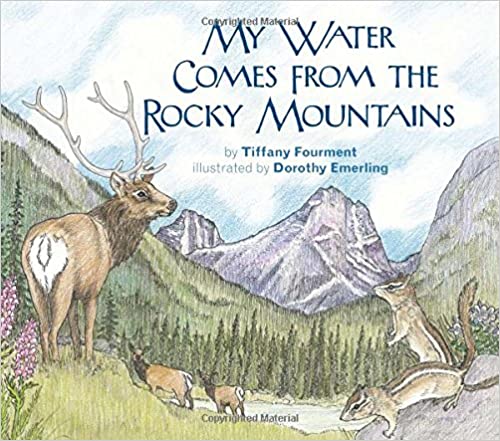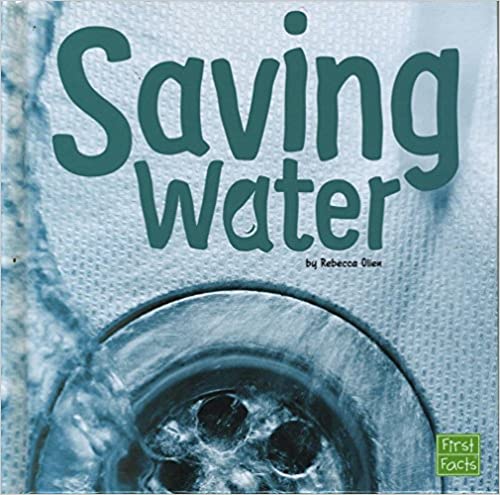We’ve been monitoring drought conditions carefully and had hoped to see significant improvement from winter storms. Unfortunately, we have not received enough snow to offset dry conditions. I ask Utahns to evaluate their water use and find ways to save not only because of current drought conditions, but also because we live in one of the driest states in the nation.
Governor Spencer Cox
Every summer, most of us in Utah worry about water and wonder how much we should really be watering our plants. This year, as we are in a State of Emergency due to drought, we will likely be extra cautious about our water use. This blog post outlines resources that you can use through the summer and throughout the year. If you have any additional resources that have been helpful to you and we can add to this list, please email becca.lael@parkcity.org.
In Gov. Cox’s state of emergency, he asks all Utahans to “use water wisely year-round” by:
- Fixing leaks
- Running full loads in your dishwasher and washing machine
- Turning off water during sink activities: brushing teeth, shaving, doing the dishes, washing vegetables, etc.
- Reduce your shower by at least one minute
- Wait to water
- Plan for irrigation season
- Plant water-wise plants
Online Resources
- Governor’s Press Release and Emergency Order
- Utah Division of Water Resources webpage on drought conditions and conservation tips
- Utah Division of Water Resources’ Facebook page and their Twitter page. During irrigation season, they post weekly to tell you how many times a week you should be irrigating by county.
- Slow the Flow is a website built by the Governor’s Water Conservation Team that has a statewide goal of reducing water use by 25%.
- Utah Water Savers has a rebate program and Summit County residents may apply for toilet replacement and smart controller for irrigation.
- The Center for Water-Efficient Landscaping through Utah Sate Extension has a water check program to evaluate the efficiency of your automated sprinkler system.
- Two Minute Shower Songs motivates you to shower before the song is over… in just two minutes. This was developed in response to Cape Town’s water shortage when they needed their community to work on water reduction.
- National Integrated Drought Information System’s Utah page
Adult Non-fiction Books
An essential reference to gardening in hot and cold dry climates. Gardening where summers are hot and prone to periods of drought, or where winters are snowy one week and freezing rain the next, is best managed by xeriscaping — dryland gardening techniques that favor not only water conservation but also the conservation of time, energy and other resources.

This incredibly timely book will give dedicated home gardeners the know-how to grow delicious produce in dry times, focusing on four different low-water conditions in the western United States: voluntary water conservation, drought, and both high and low desert.
This book is available as an ebook on Libby through the Beehive Consortium.

A design-focused, easy-to-use guide to colorful, eye-catching foliage and flowers for your whole yard, from the ground plane to the canopy, for homeowners and landscapers faced with replacing thirsty gardens in California and other dry regions in the Western US.
This book is available as an ebook on Libby through the Beehive Consortium.
Kanopy Documentaries
Movies on Kanopy are free to stream with your library card. Kanopy has over 30,000 documentaries, classic and indie films, and children’s content on your desktop, mobile, or search for the app on your streaming device.
One of the worst ecological disaster in U.S. history is rapidly approaching, a casualty of the drought and “water wars” in the Southwest. California’s largest lake – the Salton Sea in the Sonoran desert – is disappearing.
This film mixes dramatic aerial images of the lake and closeups of its shores with commentary from scientists, government officials, and local residents to present the history of the Salton Sea, the missed opportunities that have plagued the Sea for decades, and the current options for saving it, which will likely cost billions of dollars.
Winner of 4 Emmy Awards.
Tulare, The Phantom Lake explores the landscape of what was once the largest lake in America west of the Mississippi River, a lake that disappeared by the year 1900 due to water diversion and land reclamation for agriculture. The Tulare region in California’s Central Valley is home to the most productive agricultural region the world has ever known.
The same landscape also harbors less than five percent of the original natural landscape and the poorest Congressional region in the United States. In an age of climate change, we journey through this landscape guided by a series of individuals who never meet: an agricultural consultant; a Native American basket weaver; a journalist; a writer; a biologist; and an archaeologist.
Written On Water focuses on the Ogallala Aquifer and examines the conflicts, politics, economics, and groundwater depletion in the High Plains region. Farmers and communities survive on the precious waters of the Aquifer, yet it is being depleted at alarming rates. Since the 1960’s, advances in irrigation technology allowed farmers to transform the ‘Great American Desert’ into their own fertile agricultural oasis.
The Ogallala supports over one-fifth of the grain, beef, and cotton of the U.S. agricultural economy and over eighty percent of the drinking water for people living in the High Plains. But the Rocky Mountain waters that fed the Ogallala Aquifer are not being replenished, so essentially, the Aquifer is being mined.
Consumer Reports Resources
Consumer Report is a free database with your library card. Consumer Reports provides ratings and reviews, recommendations, and buying advice for thousands of products and services, including cars, appliances, electronics, and more. In addition to review, read articles like “How to Cut Your Water Use in Half.”
Consumer Reports reviews and rates over 5 sprinkler timers.
“Maintain a healthy garden and yard while optimizing water use with a sprinkler timer. Our tests focus on ease of setup, WiFi connection, and how well the unit reads and adjusts to weather forecasts, so you can save money, water, and time.”
Consumer Reports reviews and rates over 50 toilets.
“Save more than money the next time you buy a toilet. Learn about low-flow water-conserving features, durability, and more on the latest models.”
Consumer Reports reviews and rates over 100 washing machines.
“Washing machines have big performance differences in water efficiency, noise, and capacity.”
Children’s Books
This book introduces children to the nation’s watershed, the Continental Divide, and how snowmelt forms the headwaters of the rivers and streams that bring life to the land below all along the front range of the Rocky Mountains. The entire water cycle is described from evaporation to glacier formation and the various life zones that water runs through on its way from alpine tundra to prairie are detailed in exquisite drawings.
Water has the power to change everything — a single splash can sprout a seed, quench a thirst, provide a habitat, generate energy, and sustain life. How we treat the water in the well will affect every species on the planet, now and for years to come. One Well shows how every one of us has the power to conserve and protect our global well.
Describes the sources of freshwater on the earth and ways people can conserve water. Includes an activity.
This blog post was created by librarians from Park City Library with help of information found in NoveList – a database which is free with your library card. NoveList is a comprehensive reading recommendation resource.









